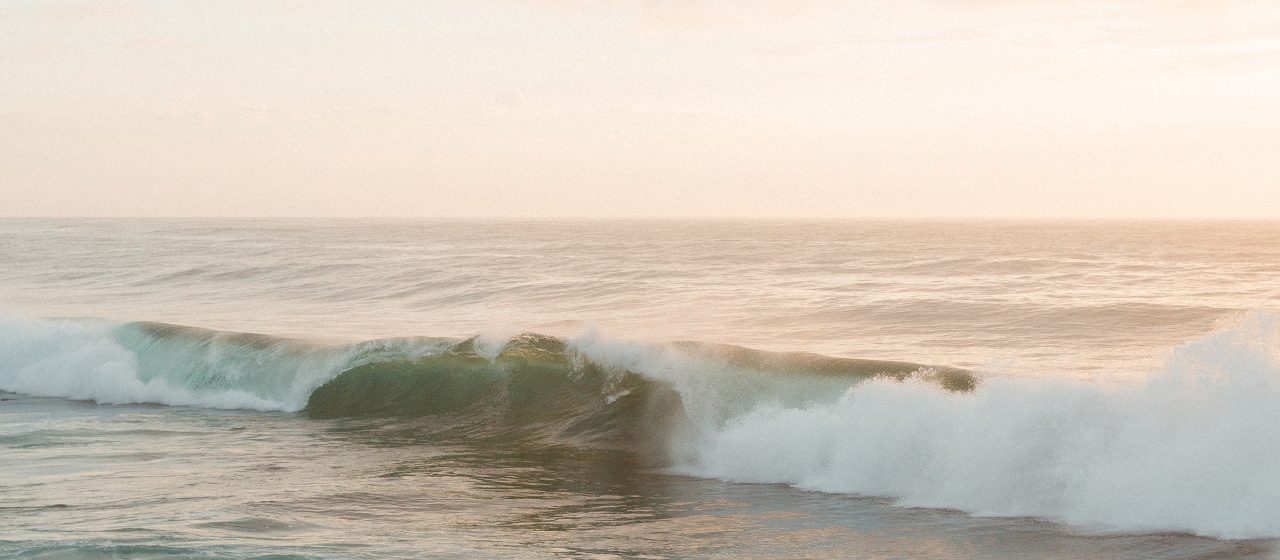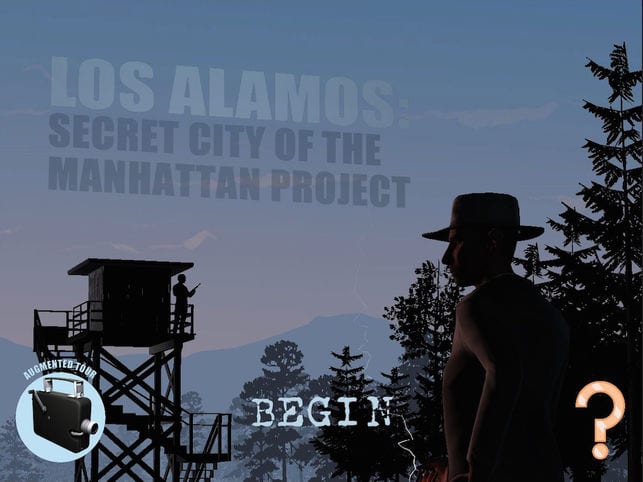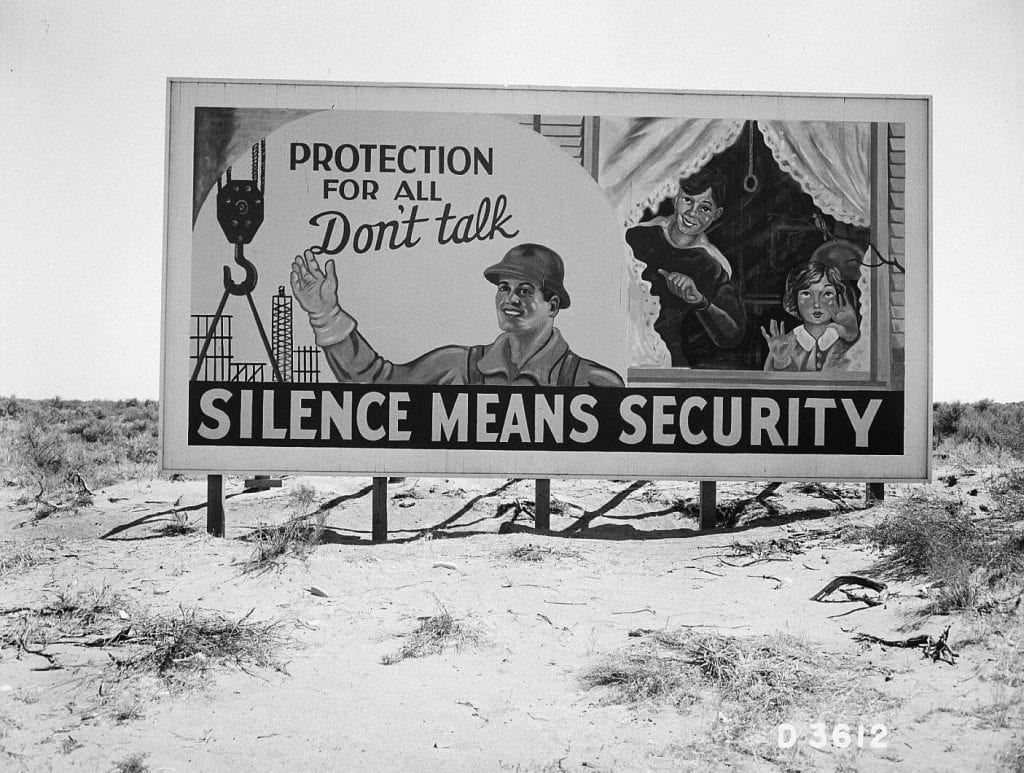Posted on November 5, 2018
Manhattan Project ²
57 days worth of class time, 493.6 km from Vancouver to Hanford…
And this was the final product…
Let’s back it up a little. It all started in September (beginning of the school year) when we came to class and the teacher asked us: “What would you do if you were controlling a train that couldn’t stop? One set of tracks had 5 people (which you would hit), or you could change tracks and hit 1 single person.”
This led us to our big unit, The Manhattan Project and the dropping of the first nuclear bomb. To get familiarized with the topic we read a chapter in a book about “why the bombs were dropped”. We then discussed with the class our opinions, and drew back on the question of ethics (would you kill one or five people). At first, I was very against the dropping of the atomic bomb. I really didn’t agree with the idea of killing so many innocent people who probably didn’t even want a war to begin in the first place. Both atomic bombs that detonated over Nagasaki and Hiroshima killed 192,020. This number included those instantly killed in the bombing, the wounded, and those effected by radiation. What drove me to wonder if this was right or not, was when somebody told me millions of American and Japanese lives were saved because of this bomb. Was dropping the bomb similar to the train situation? This is something that resonated with me for a considerate amount of time. Above is a visual that represents the two different situations but with similar consequences, I created this using Sketches Pro.
Before we dive into the rest of this project i’ll give a little background information into the Manhattan Project and WWII. In 1941 the Japanese attacked Pearl Harbour, this immediately pulled US into the war. The world at this point was a disaster, the power houses of the Pacific were at war and showed no signs of stopping. In 1945 president Franklin D. Roosevelt died and all responsibility immediately fell onto Harry S. Truman. At this point President Truman had absolutely no idea what he was getting himself into. Soon enough he would learn that America was producing something the world had never heard of or seen, an Atomic Bomb. President Truman now had the power to wipe out countries.
How was all this even possible though? Well, a major factor in creating this bomb was the use of plutonium and uranium. The atomic bomb needed mass amounts of energy, this was created using a technique called fission. When unstable elements undergo fission, it splits their atoms and releases neutrons and binding energy. The energy was created when the isotope Uranium-235 underwent fission. This U-235 was used in the core of the the Little Boy (dropped over Hiroshima).
The Fat Man (dropped over Nagasaki) actually had plutonium in the core. Which leads us to it’s production site, Hanford. This site was home to the B reactor, the first full-scale plutonium production reactor in the world. In it’s simplest form, a nuclear reactor is a device that initiates, moderates, and controls the output of a nuclear chain reaction. The chain reaction being the splitting of the atoms and the release of binding energy. Please watch the video at the top if you haven’t yet, there is lots of information on Hanford’s roll in the creation of the atomic bomb.
Now that you have a little more background info on our unit we can dive into the driving question: How did the development of the atomic bomb effect the lives of those living in the hanford area and what role did they play in ushering in the atomic era?
The atomic bomb itself took many lives, but how did the development of the bomb effect peoples lives? A huge part in answering this question is understanding the history behind Hanford. Every town has a past, and Hanfords was a little town called White Bluffs.
White Bluffs was your stereotypical 1950’s town. It included suburban neighbourhoods, a high school, bank, ice-cream parlour, boutiques and a swimming pool. However, in 1943 the government began seizing homes and giving residents from 3 days to 2 months to abandon their homes. The high school was shut down before students could even walk across the stage and receive their diploma. This, and much more was given up in order to begin the development of the atomic bomb. It effected those living there, and even those working on the bomb in negative and positive ways. No matter who you were, if you were associated with the development of the bomb, your life was effected one way or another.
After getting comfortable with the topic we began an assignment where we would make character cards. We had limited space to summarize the contributions a person made to the creation of the atomic bomb. The purpose of this was to see how well we could synthesize information into key ideas. My character I researched was Lona Cohen, a spy for the Soviet Union.
Throughout this unit we were also playing a game. Yes, a game. Believe it or not it was actually really interesting and educational. Basically what would happen was we would have a character and as we moved along through the game and discovered new areas of Los Alamos we would gain more access to different parts of the site. As we clicked on different icons we would find more historical figures or events that took place during the building of the site and of the atomic bomb. If you want to check the game out press here.
I think my favourite mini assignment of this unit was the creation of the news reel. Back in the early to mid 1900’s going out with your family and watching a movie was a full on event. Before the movie started you would get a little cartoon, a news reel, credits then the actual movie. The news reels would include all the current and older events in just a few minutes. After learning about this we watched a clip of the news reel that was released after the dropping of the atomic bomb over Hiroshima. Next, we were given the task to recreate that video. Here it is!
You may not have known this but we actually went all the way to Washington and Oregon to complete the “main” project. As you probably saw in the video at the beginning of this post, the project had to include 5 facts based around a specific theme. Our videos theme was secrecy. My group (Hannah and Ryan) and I were really fascinated by how this project managed to stay a secret for so long. I think this already gave us a great start because we were driven by our curiosity instead of being forced to do something we weren’t interested in.
If you’ve been following this blog for a while you probably know the whole project process by now. Research, experience, produce, critique, revise, rinse and repeat. This time we did something a little different. We actually completed 80% of our video before we even went on our trip. The purpose of the trip wasn’t really to learn about the war and creation of the bomb, we did this in the class. The trip’s purpose was to gain more perspectives and key ideas. We also got many opportunities to gather interviews to support our videos. Before we actually went on the trip we had to create our story spine. We use this very often in PLP and is the basis for most creative stories. Here was what our story spine consisted of:
Once upon a time… The American government was hiding a big secret in a very unlikely location.
Everyday… in Hanford they secretly worked on developing the atomic bomb without letting anyone in the outside world know.
Because of that… spies from other countries would try to find the secret city.
Because of that… They hired the FBI to protect the secrets of the project in Hanford.
Because of that… They made sure no one got their information or spilled it.
Until finally… they dropped the bomb and told the world.
Once our script and thesis were approved we moved on to creating our first draft. Keep in mind we hadn’t had gone on the trip yet so our first draft was composed of audio, old footage and slide cards that had detailed descriptions of what you were supposed to be seeing. However, the second draft I was very proud of. Don’t get me wrong, it definitely needed some fine tuning but the information and use of interviews (which we filmed on the trip) flowed very nicely together. Take a look!
After we did an in class critique we got tons of great feedback. Ours was mostly based on our video’s length and fast pace. Can you guess what we did next? Yup that’s right, revisions. For our final draft we really tried to narrow down on the information and create more flow and pauses. We basically cut information we didn’t think we needed then added more visuals (i.e. B-roll from the trip, old footage found online). Those revisions turned into the masterpiece you saw at the beginning of this post!
Overall this project was pretty amazing. It really blew me away how they managed to keep such a big project a secret for so long. Through each assignment I learned so much information while improving my skills. A great example of this was the character card, I familiarized myself with the character I was researching while also learning how to synthesize information. As you can see throughout this post, each assignment helped me get one step closer to finding the answer to the driving question. In conclusion I really became curious of the different topics which lead me to become more inspired to learn.











